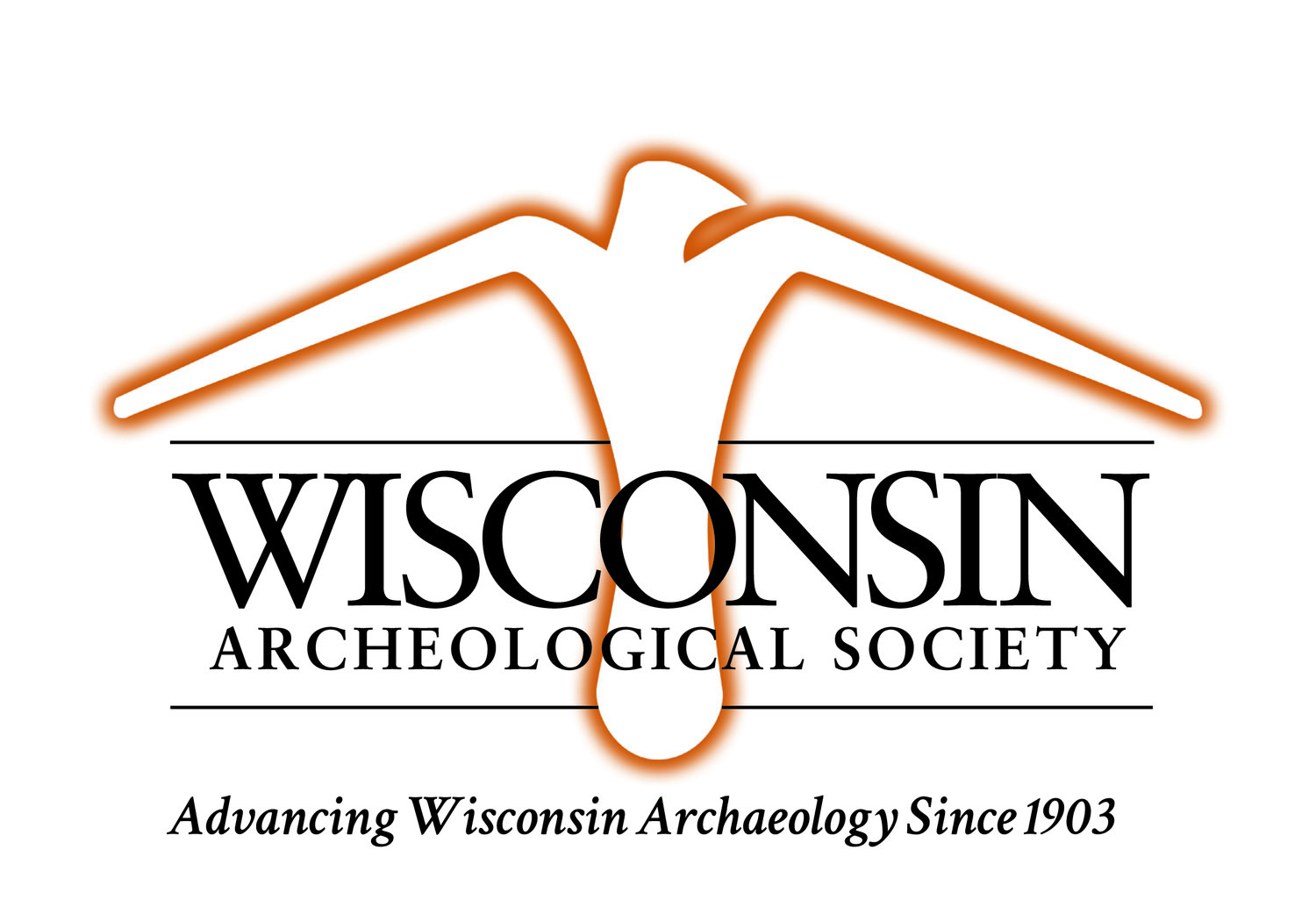Clay Resource Modeling: Recreating the Prehistoric Landscape One Core at a Time
Elissa Hulit
Commonwealth Cultural Resources Group, Inc.
Within prehistoric archaeology, pottery holds a valued position in study through its dual nature as technology and cultural marker. However, pottery is also informative because of its dual origin as a raw material produced through the combination of natural phenomena and a finished vessel produced through human modification. Both origins produce characteristics that are retained in the artifacts final form. Study of artifacts alone can only give information on the resources that people chose, not the alternatives that were rejected. Resource modeling in archaeology is the method by which researchers attempt to determine the range of resources that would have been available in a specific area. By getting a better idea of the choices people had, archaeologists can make better interpretations of the prehistoric decision making process preserved in artifacts. While it may never be possible to find all possible sources of clay that would have been exploited by prehistoric potters, continuing advances in technological analysis and increased availability of statistical software have made it possible to predict resources that could have been available. This presentation focuses on the thought process behind resource modeling in archaeology and presents an early attempt at clay resource modeling in Southeastern Wisconsin using a variety of resources and technologies that can be applied beyond pottery analysis to provide a better picture of the overall prehistoric landscape in which people lived.
Free and open to the public
UWM Bolton Hall – B80, 2200 E Kenwood Blvd, Milwaukee





